Are you confused about the difference between whipping cream, heavy cream, and double cream? Do you wonder if they can be used interchangeably? Fear not, as a fellow cream enthusiast, I am here to help clear things up.
The difference between whipping cream, heavy cream, and double cream is the amount of fat. Butterfat, also called milkfat, refers to the fat content in dairy products. Whipping cream contains 30% to 36% butterfat. Heavy cream has a butterfat content of 36% to 40%. Finally, double cream, with the highest fat content, ranges from 48% to 55% butterfat.
It’s worth noting that not all types of cream are available in all regions. For example, double cream is typically not sold in grocery stores in the US. Let’s explore each of our creamy options in more depth…
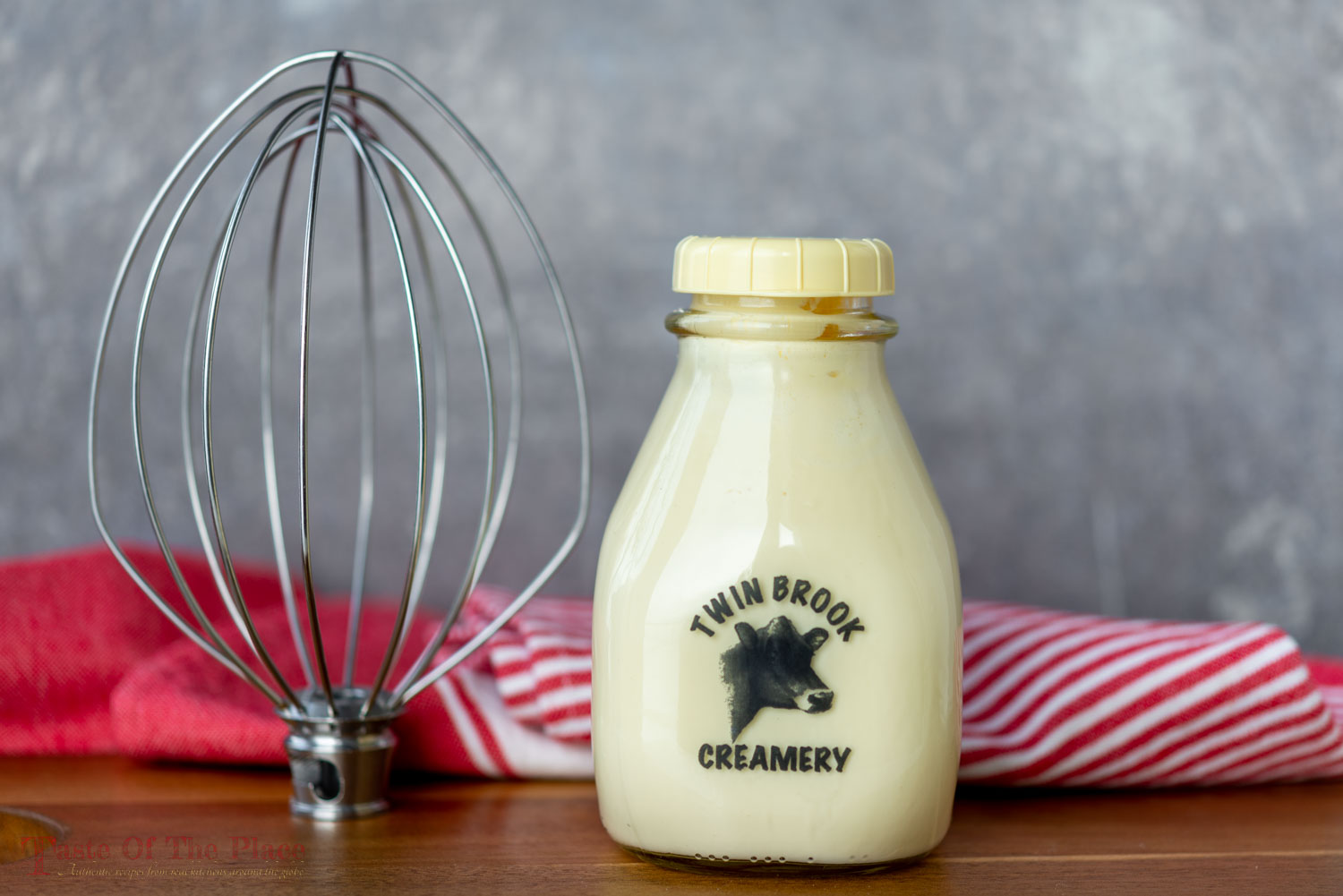
Whipping Cream
Whipping cream, sometimes called light whipping cream, is a highly versatile ingredient that can be used in various sweet and savory recipes. It has a butterfat content of around 30-36%.
One of the most common uses of whipping cream is to create homemade whipped cream (go figure!). The fat content in the cream makes it easy and quick to whip, resulting in fluffy peaks that are perfect for topping desserts such as pies, cakes, and hot chocolate, or layering into desserts like Eton Mess. Whipping cream is also a key ingredient in many savory foods such as creamy sauces and soups. Its smooth and velvety texture helps thicken and enrich dishes, creating a luscious flavor and texture.
To make whipped cream, use a hand-held mixer or stand mixer with a whip attachment to whip the cream at medium to high speed until it reaches the desired consistency. You can speed up the process by chilling the bowl and whisk before whipping. However, be careful not to overwhip the cream as it can become grainy and lose its smooth texture. Adding a small amount of sugar to the cream before whipping not only sweetens the finished whipped cream but makes it more stable.
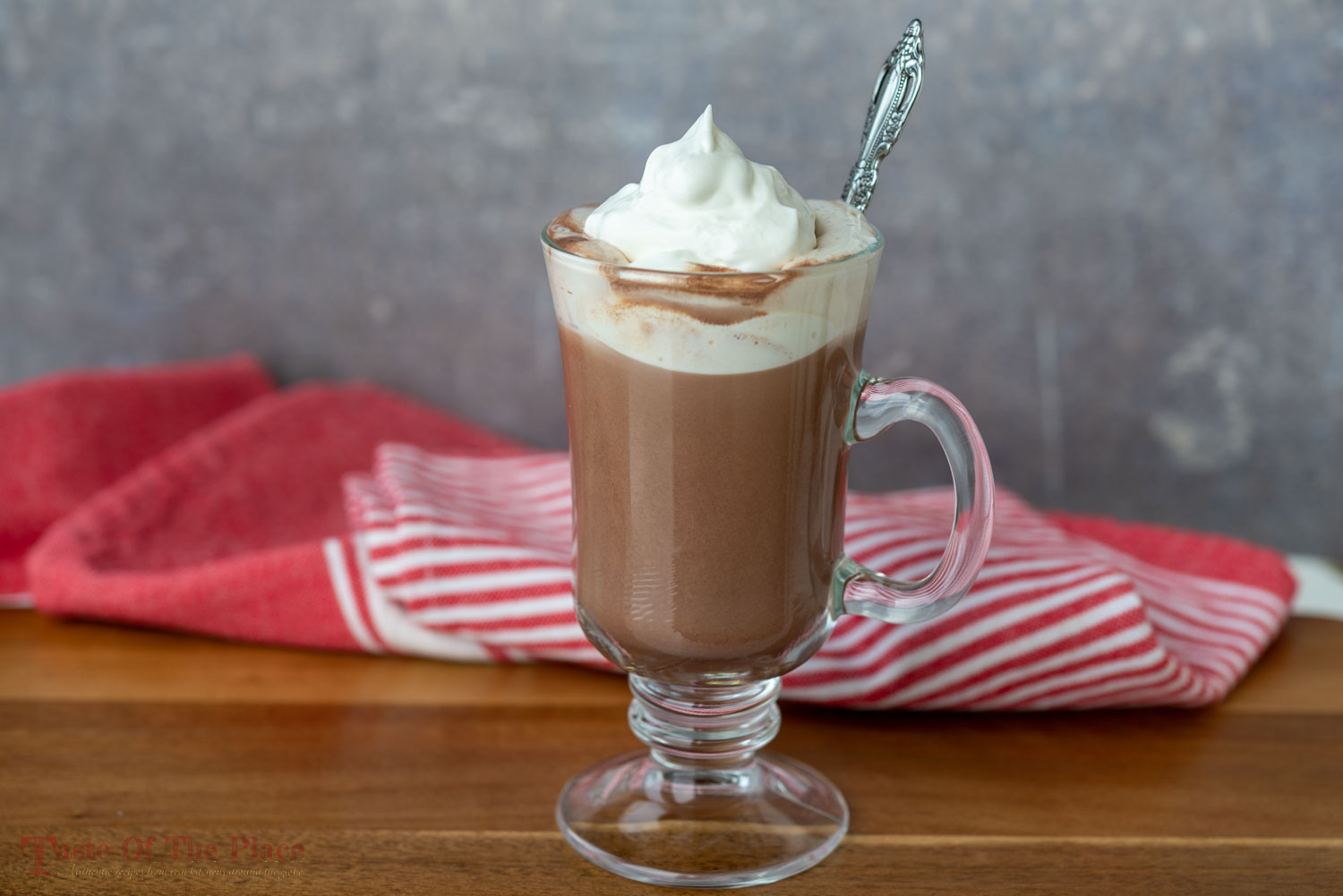
Heavy Cream
Heavy cream, also known as heavy whipping cream, with its high butterfat content of around 36-40%, is a luscious addition to many culinary creations.
Whipping cream and heavy cream can typically be used interchangeably. Like whipping cream, heavy cream can be whipped into rich whipped cream, used in creamy desserts, and can add richness and a velvety texture to savory dishes such as pasta sauces, pan sauces, and gravy.
One of my favorite uses for heavy cream is to make clotted cream. Clotted cream is a thick and creamy spread that is commonly enjoyed with scones and tea. To make clotted cream, you need cream with at least 35% butterfat, making heavy cream the perfect choice. The high butterfat content in heavy cream allows it to thicken and develop a rich, buttery flavor when heated slowly over low heat. The result is a velvety smooth spread that is perfect for slathering on scones or adding to simple desserts such as Turkish Stuffed Apricots.
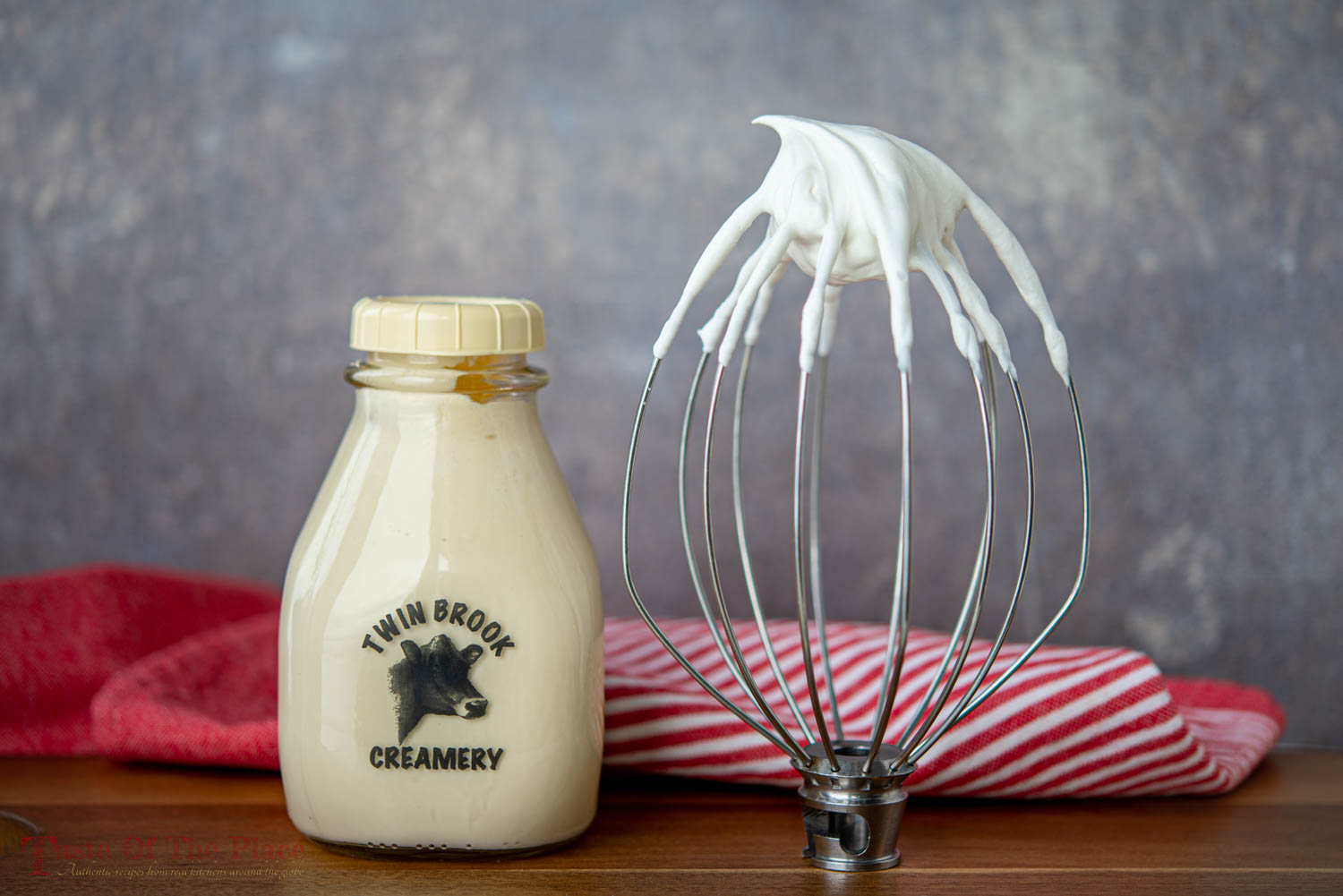
Double Cream
Double cream is a luxurious and indulgent dairy product that is popular in Europe. It is sometimes used in traditional dishes such as crème brûlée. With its high butterfat content, typically around 48-55%, double cream has a rich and velvety texture that adds decadence to any recipe.
Similar to whipping cream and heavy cream, double cream can be whipped to create a rich and luxurious whipped cream. It is also versatile enough to be used in both sweet desserts and savory dishes, such as creamy pan sauces or soups. The thick and luscious texture of double cream makes it the perfect choice for simply pouring over fresh fruit. Peaches and cream, anyone?
While double cream may be difficult to find in the United States, heavy cream can often be used as a substitute. Although the finished recipe may not be as rich, it will still be delicious and have a decadently thick consistency. So, even if you can’t find double cream, you can still enjoy the luxurious taste and texture by using heavy cream as an alternative.
A Creamy Comparison Chart
Before we wrap up our creamy explorations, I thought you might be interested in a quick handy-dandy chart showing the difference between some of the most common creams available.
| Type of cream | Butterfat percentage |
|---|---|
| Half-and-half | 10.5% to 18% |
| Single cream (commonly found in the UK) | about 18% |
| Whipping cream (light whipping cream) | 30% to 36% |
| Heavy cream (heavy whipping cream) | 36% to 40% |
| Double cream (commonly found the in the UK) | 48% to 55% |
So there you go! Whipping cream, heavy cream, and double cream in a nutshell, plus a bonus chart for good measure!
Looking for a light and airy whipped topping or a rich and velvety texture? These creams offer a range of options, from a fluffy finishing touch for pies, cakes, and hot chocolate, to a rich addition to soups, and sauces, to simply pouring over fresh fruit or desserts. They are absolutely delicious!
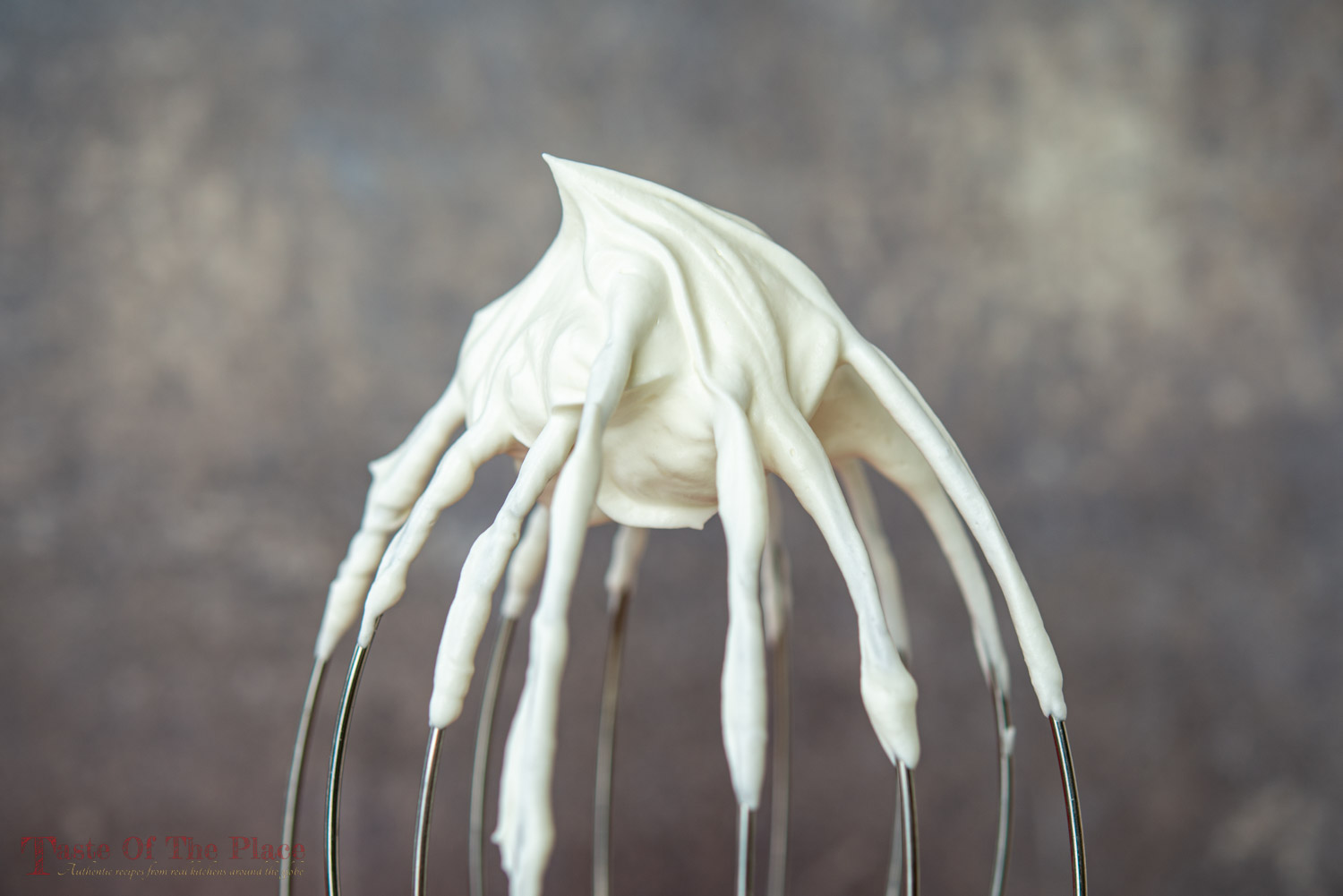
FAQs
Can whipping cream, heavy cream, and double cream be substituted for each other?
The main difference between whipping cream, heavy cream, and double cream is the amount of butterfat, which affects their texture and how they perform in recipes.
Whipping cream and heavy cream can generally be substituted for each other. Whipping cream, with its lower butterfat content, is perfect for whipping into a fluffy topping for desserts, adding a light and airy texture. However, due to its lower butterfat content, it may not hold its shape as well in certain recipes that require a thicker consistency. In recipes like clotted cream, whipping cream doesn’t have a high enough butterfat content to be used.
Heavy cream and double cream can also be substituted for each other in most cases without issue. Good thing, too, since double cream is hard to come by for most of us in the US!
Can whipping cream, heavy cream, or double cream be frozen?
Yes, you can freeze cream, but there are some reservations. When frozen, cream separates and becomes grainy. Although it will eventually incorporate and the texture will become smoother with whipping, it won’t create as smooth of a whipped cream as using fresh cream. However, frozen and thawed cream is a fine option for using in cooked recipes.
Related Recipes
What is clotted cream? Recipe, substitutes, and more
Clotted cream is a rich and indulgent dairy product, originating in England, which is often enjoyed with scones and jam during afternoon tea or cream tea.
Eton Mess
Eton Mess is made with crumbled meringues, strawberries, and whipped cream – how can you go wrong with a combo like that?
Turkish Stuffed Apricots
Beautiful Turkish dried apricots are soaked, candied with lemon-scented syrup, stuffed with rich cream, and garnished with crunchy pistachios…
Cherry Clafoutis
Cherry clafoutis is a French countryside dessert that is both rustic and elegant. It’s a perfect combination of rich, sweetened, egg-y custard and fresh fruit.
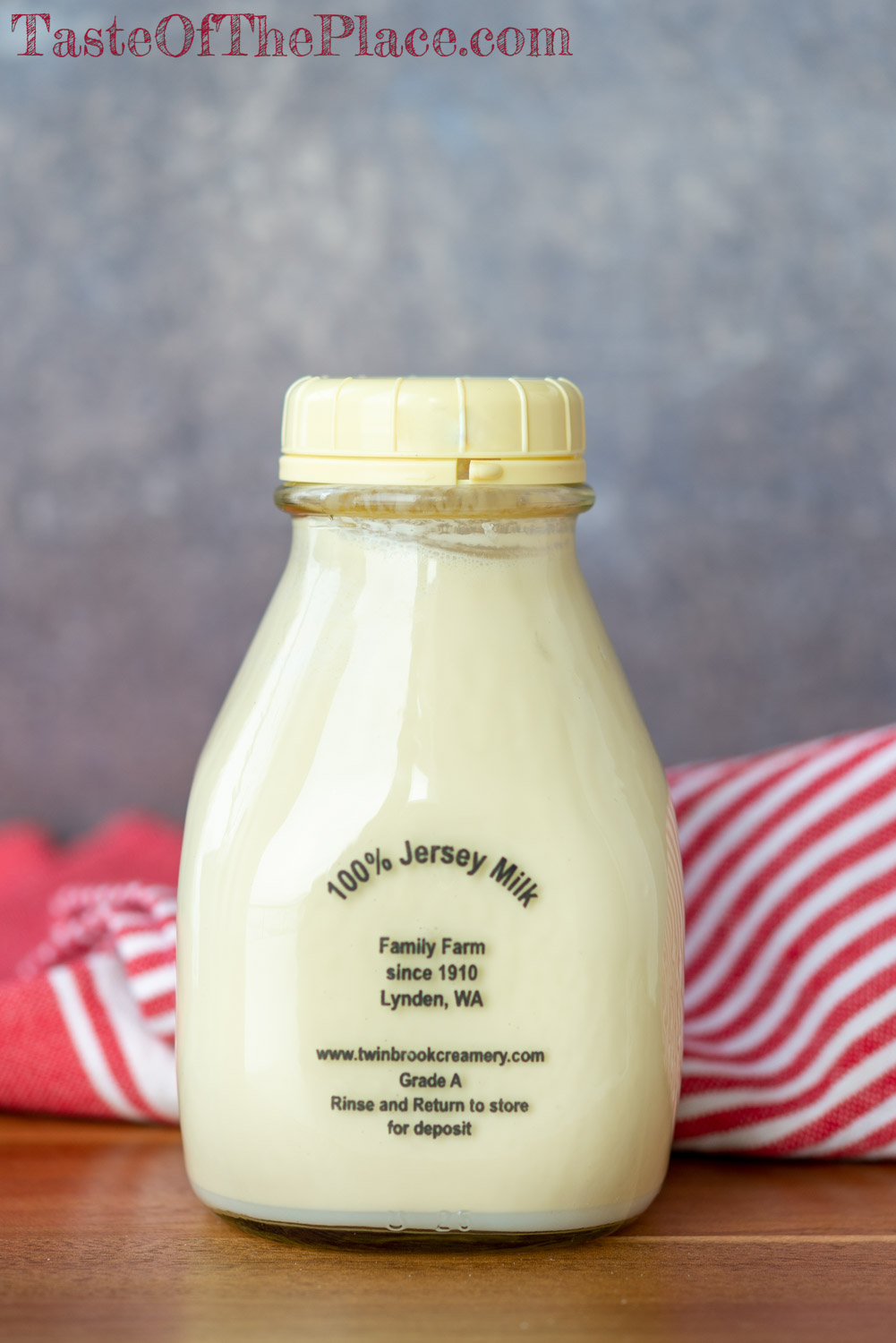
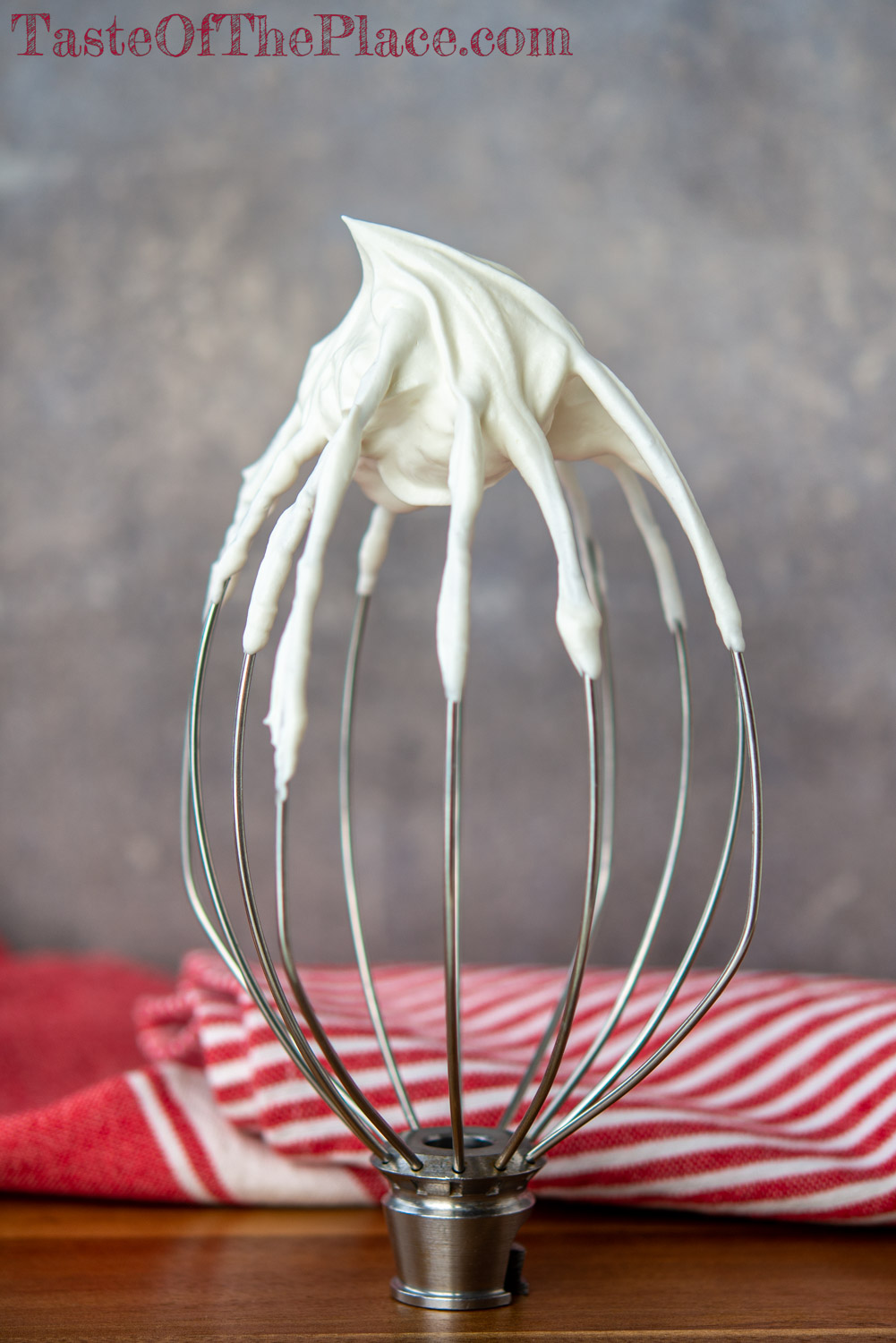
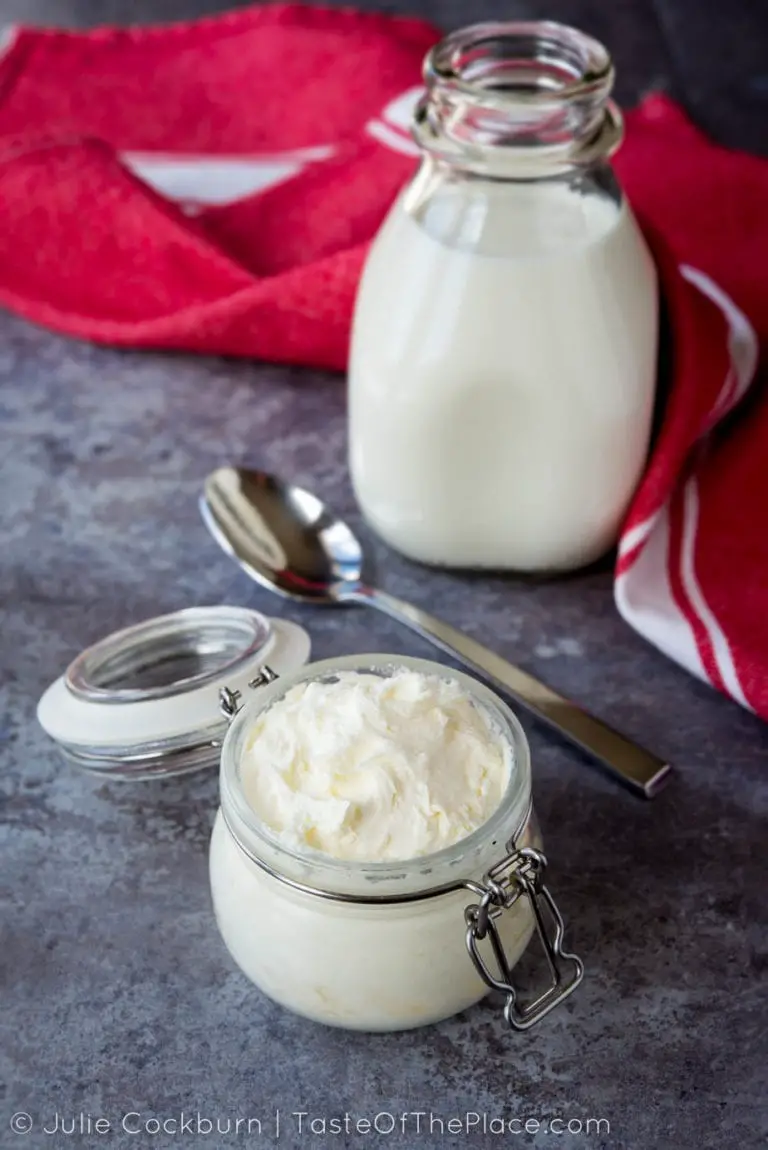
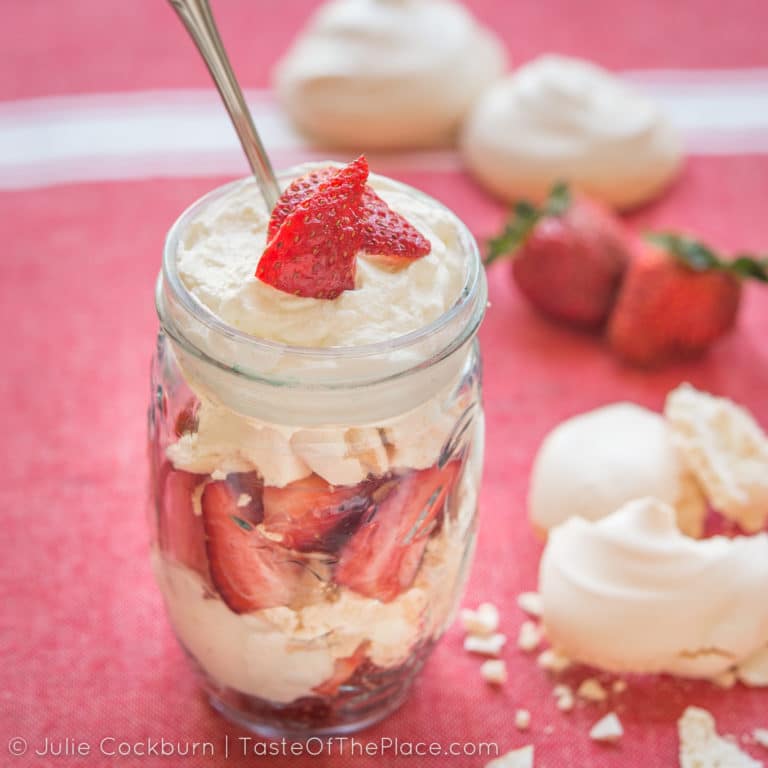
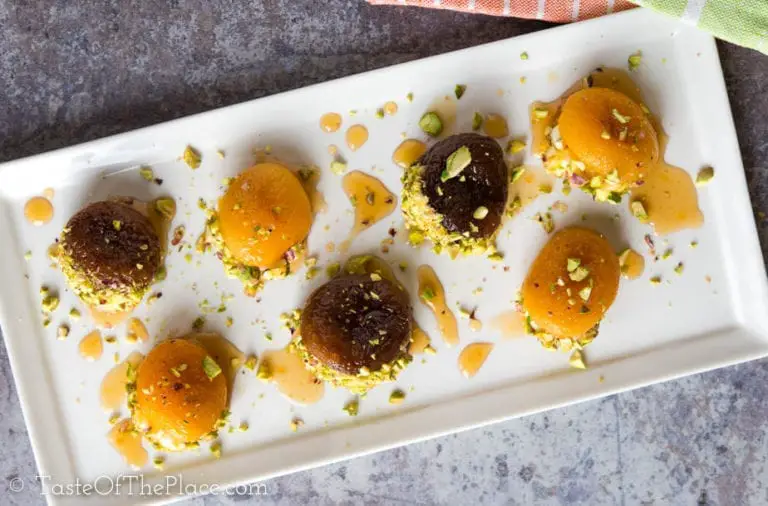
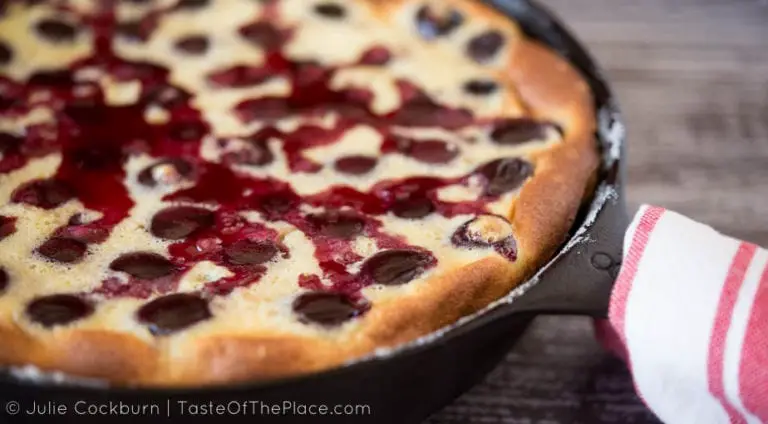
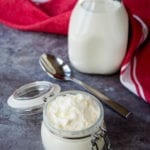












Leave a Reply